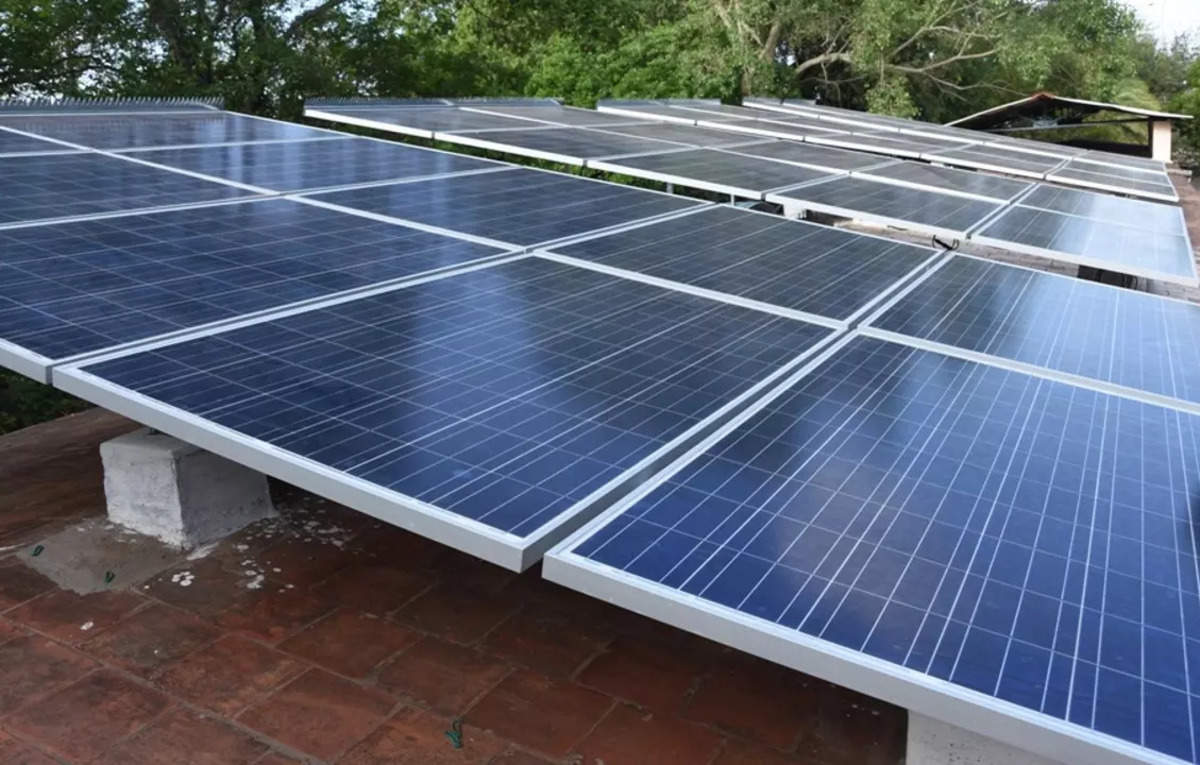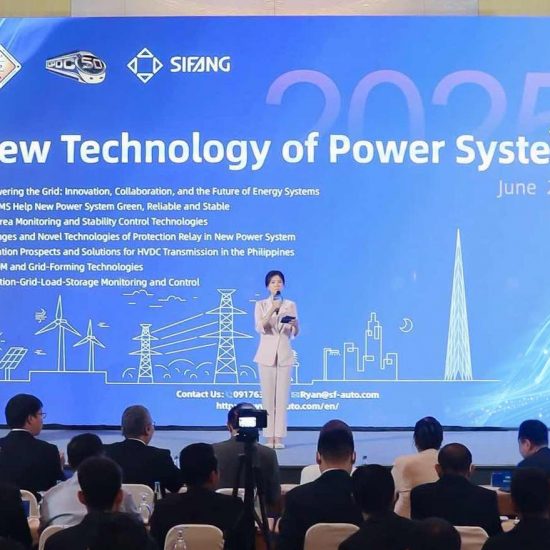India’s ambitious renewable energy goals are about to get a boost from a local source. The country’s top renewable energy official, Bhupinder Singh Bhalla, recently announced a projected surge in domestic solar cell manufacturing capacity. This growth is expected to significantly reduce India’s dependence on Chinese imports for solar panel production.
Bhalla, speaking in an interview in New Delhi, expressed confidence that India’s solar cell-making capacity will increase fivefold by March 2025, reaching approximately 30 gigawatts annually. This significant expansion will empower the government to implement stricter import limitations. These restrictions aim to not only strengthen domestic adoption of solar energy hardware but also achieve Prime Minister Narendra Modi’s vision of self-sufficiency in the solar power sector.
India’s heavy reliance on China for solar cells has been a point of concern for some time. The dominance of Chinese manufacturers has not only limited India’s control over its renewable energy sector but has also sparked anxieties about potential supply chain disruptions. The Indian government has already initiated measures to address this issue, including imposing customs duties on imported solar modules and cells.
The anticipated rise in domestic solar cell production is being driven by a combination of factors. The Production Linked Incentive (PLI) scheme, launched by the Indian government in 2020, has been instrumental in attracting investments into the solar manufacturing sector. This scheme offers financial incentives to companies that establish or expand their solar cell and module manufacturing facilities in India. Additionally, several Indian companies have announced significant investments in building new solar cell manufacturing plants.
The projected growth in domestic solar cell production is expected to have a ripple effect on the Indian economy. The creation of new manufacturing facilities will generate employment opportunities, while a robust domestic solar industry will contribute to India’s energy security goals. Furthermore, a reduction in dependence on imported solar cells is likely to stabilize the prices of solar panels in the Indian market.
However, challenges remain. While domestic manufacturing capacity is on the rise, concerns persist about India’s ability to completely replace Chinese imports in the near future. China’s dominance in the solar cell industry is well-established, and it enjoys economies of scale that Indian manufacturers are still striving to achieve. Additionally, India faces hurdles in securing access to raw materials like polysilicon, a key component in solar cell production.
Despite these challenges, India’s commitment to boosting domestic solar cell manufacturing is a significant step towards achieving its renewable energy targets. The projected increase in production capacity presents a promising opportunity to not only reduce dependence on foreign imports but also to establish India as a key player in the global solar energy market.
____________________________________
This article first appeared on Greenlogue and is brought to you by Hyphen Digital Network





